Tales from a Naive Collector: TriStar Crisis
- Jorge A. Zajia

- Mar 7, 2022
- 6 min read
Updated: Aug 14, 2022

The picture above shows two 1:400 Pan Am L1011-500s. The one on the left is N504PA Clipper National Eagle, released by Blue Box in 2006. The one on the right is N514PA Clipper White Falcon, released by Dragon Wings around 2000. Both models joined my collection in February of 2022.
Why am I getting 20-year-old Pan Am L1011s in 2022? The short answer is that I wanted to replace my Gemini Jets version of the type. A more fitting question would be, why did I get a Gemini Jets Pan Am L1011-500 in the first place?
A Little Background on Paying Attention to Detail
As a young kid I used to be proud of being able to identify different types of aircraft and their variants. Of course, in the interior of Venezuela that boiled down to being able to tell 727s from DC-9s. I must say it took me a while to become comfortable telling the DC-9-30 from the -50, as my brain just categorized both types as the short DC-9s, the long DC-9 was the MD-80. The same happened with other types of aircraft, I was good at identifying the basic type, but without a lot of exposure to different variants I struggled to pick up on the details.
Well, I never had a lot of exposure to L1011s, I just remember seeing a handful of them at MIA during the nineties, and just being able to tell them apart from DC-10s and MD-11s by looking at their 727-like engine #2 s-duct. Hence, for the longest time, I had no clue about the details of the different variants of the TriStar. Later I would discover that I wasn’t alone as many 1:400 manufacturers seemed to be on the same boat.
The L1011 in My Collection
My first 1:400 TriStar was a Gemini Jets Fine Air L1011-1. Their DC-8s were common visitors in my hometown of Maracaibo so I was happy to have that livery in my collection, even if it wasn’t on a DC-8.
My second L1011 was also a -1 in the ANA Mohican livery. I did not add any more L1011s to my collection for almost a decade.

Eventually, I started purchasing TriStar models again, this time focusing on visitors of CCS. But even though I knew about the shorter -500, I didn’t pay attention to what TriStar version I was getting. I simply got an L1011 from whatever airline I was after and that was it. This careless approach to collecting was rooted in ignorance, however, it did not backfire until I got my first British Airways TriStar, which turned out to be a Blue Box -1 that was clearly longer than the -500 I had seen photographed at CCS, which had inspired me to get the model in the first place.
I said, well not a problem, I’ll just go ahead and get a -500 then. I was happy to find a Lockness (Aeroclassics) BA TriStar -500 still at retail price, but that happiness was about to vanish.
Disappointment
When the model arrived, it didn’t look how I expected. It did not have the name of the aircraft printed on the nose section, and it just looked poorly made.
A few months earlier I had also gotten Pan Am’s N511PA Clipper Black Hawk by Gemini Jets. I had been happy with Gemini Jets thus far, but when the Pan Am -500 arrived, I noticed that it was a new mould, but overall, it wasn’t a very nice model. At the time I was not aware of the -500 differences from the -1 (other than the shorter fuselage) and how GJ had messed them up, but the model just didn’t look right.
So, with these two TriStar disappointments in short succession, I went ahead and did what I should have done before even going shopping: I did some research and read L1011-500 1:400 mould reviews.
More Disappointment
In no time I came across Richard Stretton’s review of Pan Am’s N510PA Clipper George T. Baker by NG Model, which also brought me up to speed with the current L1011-500 situation in 1:400 scale. I also read Yesterday Airlines’ L1011-500 mould review.
As I was going through the long lists of shortcomings of Aeroclassics’ and Gemini’s L1011-500 something stood out: The Geminin Jets mould had the erroneous wing box fairing shape. As Richard Stretton put it: “Basically it is a chimaera with the Tristar 1 wing and fuselage/wing fairing grafted onto a shortened Tristar 500 fuselage.”
I immediately went to take a closer look at all my TriStars and quickly became aware of how a -500 wing box fairing should look like, and how the Gemini Jets mould actually looked like. To make things worse, Gemini seemed to have tried to cover up their mistake by painting the correct shape of the wing box fairing over their erroneously shaped mould. My Pan Am L1011 suddenly stopped looking “kind of ugly”, and started looking unacceptably mediocre.

Even more aggravating was the fact that when I purchased it, the NG Model version was still available from the same retailer. But I went for Gemini Jets because, like I said, in the past I had been happy with them, and I was completely ignorant of the shortcomings of their -500. Besides, it was cheaper than the NG version so I thought I was getting a deal. Hahaha.
Outcome
I decided to keep my Aeroclassics British Airways TriStar because the reg., G-BLUT, is the same reg. of one of the very few British Airways TriStar of which photos in CCS can be found online. Also, as Richard Stretton put it “at least they tried to replicate the features of a 500” and I agree with that. I can forgive ugly, however, I could not get over Gemini Jets negligence, so I listed my Pan Am L1011 on eBay and was able to fully recover what I had paid for it, plus a negligible profit.
By then, I had learnt that I should have gone with NG for all my TriStar 500 needs in 1:400 scale. But of course, now the NG Model Pan Am (or British Airways for that matter) TriStar 500 was nowhere to be found.
Turning to Dragon Wings for Accuracy and to Blue Box for Nostalgia
After all the dust had settled, I quickly realized that my best chance of getting an accurate representation of a Pan Am L1011-500 in 1:400 scale at a reasonable price, without waiting for a new release, was to go for a Dragon Wings example. After looking for a few months I was happy to find one at Airplane Replicas at an accessible price. Airplane Replicas also had Blue Box’s N504PA Clipper National Eagle in stock. By now, I was already well versed on the features of the -500, and its moulds in 1:400 scale. So, I was well aware of the fact that Blue Box had also used the entire wing piece of their -1 in their -500. However, to me, the Blue Box model had a few pluses that outweighed the wing issue. So, I also purchased it.
First, being from an earlier generation of models I could accept less accuracy. I mean, less than a decade before Blue Box, Herpa Wings 1:500 was the standard for small-scale aircraft models. Plus, aside from having the wrong wing piece, the overall look of the model is quite nice, I think it is nicer than the current Gemini Jets version. Additionally, I enjoy getting pieces from a time when I was not actively collecting 1:400 models as I feel they help me experience what I missed out on. And finally, the main reason why I rationalized getting a Blue Box L1011-500 in 2022 was, again, the registration of this aircraft.
N504PA, Clipper National Eagle, was the first Pan Am L1011-500, and its inaugural flight was from New York to Caracas. Pan Am featured the event in their in-flight menus, which included a picture of the aircraft at the gate in Caracas. The picture is quite popular, and the first time I saw it was actually framed at the 1940 Air Terminal Museum at Hobby Airport in Houston, not too far from where I am writing this.

In Closing
So, there you have it, ignorance is bliss, but I am glad I found out what a terrible mistake I had made by overlooking an NG Pan Am TriStar 500 at retail price and getting a Gemini Jets one instead, as I ended up with two nice Pan Am TriStar 500s, including one of relevance to Venezuela’s contemporary aviation history. I probably would not have come across Blue Box’s Clipper National Eagle if I had originally gotten the NG version instead of the Gemini Jets one. I also learned a lot about the Lockheed L1011, and now I appreciate more the mould reviews of Yesterday Airlines and others that do the same.
Above you can see the picture that inspired me to get a British Airways TriStar, and my recreation with a -1 instead of a -500.
I consider my TriStar crisis a drama with a happy ending and hope you found it as entertaining and comical as I did.
Jorge A. Zajia
Sources:
Richard Stretton, George T Baker: Pan Am Lockheed L-1011 Tristar 500 N510PA by NG Models
Richard Stretton, Lockheed L-1011 Tristar 500 in 1/400 Scale
Airliners.net Trip report showing G-BLUT at CCS







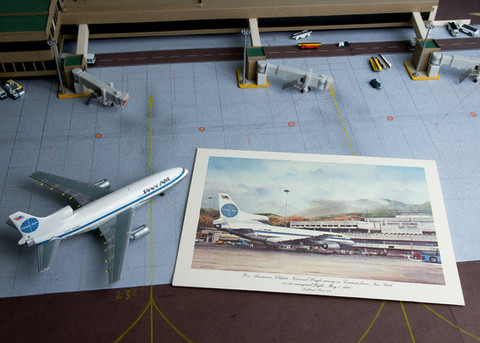




















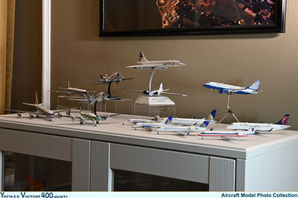
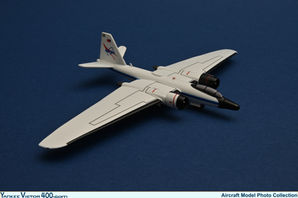


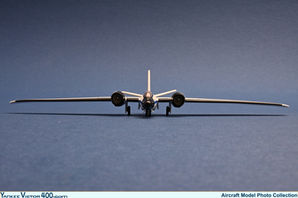


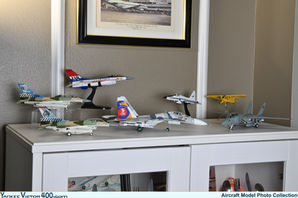

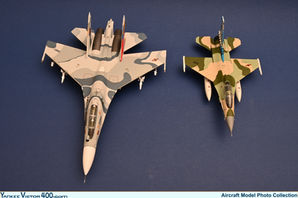
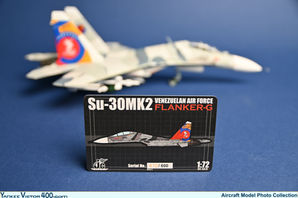
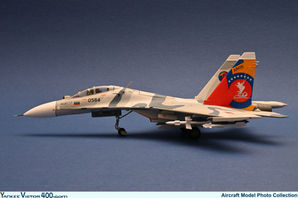










Comments